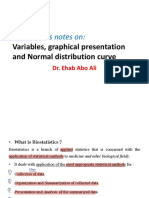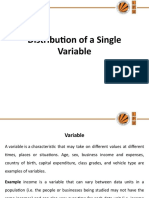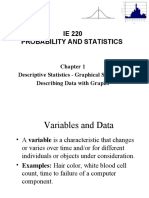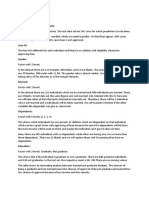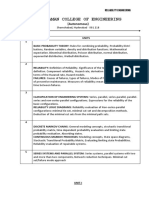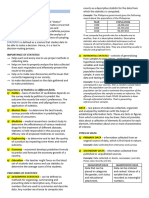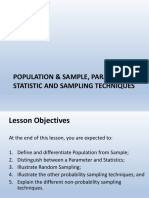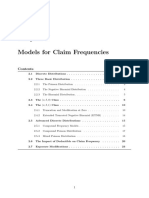0% found this document useful (0 votes)
11 views67 pagesChapter 1
The document outlines the course 'Statistics for the Sciences' offered by the Department of Mathematics at the University of the West Indies for the academic year 2023-24, detailing class times, assessment methods, and key statistical definitions. It covers essential concepts such as statistics, data types, variables, and methods for graphing both qualitative and quantitative data. Additionally, it introduces measures of center and spread, including mean and median, along with practical examples and instructions for creating visual representations of data.
Uploaded by
Dylan GrantCopyright
© © All Rights Reserved
We take content rights seriously. If you suspect this is your content, claim it here.
Available Formats
Download as PDF, TXT or read online on Scribd
0% found this document useful (0 votes)
11 views67 pagesChapter 1
The document outlines the course 'Statistics for the Sciences' offered by the Department of Mathematics at the University of the West Indies for the academic year 2023-24, detailing class times, assessment methods, and key statistical definitions. It covers essential concepts such as statistics, data types, variables, and methods for graphing both qualitative and quantitative data. Additionally, it introduces measures of center and spread, including mean and median, along with practical examples and instructions for creating visual representations of data.
Uploaded by
Dylan GrantCopyright
© © All Rights Reserved
We take content rights seriously. If you suspect this is your content, claim it here.
Available Formats
Download as PDF, TXT or read online on Scribd
/ 67



















